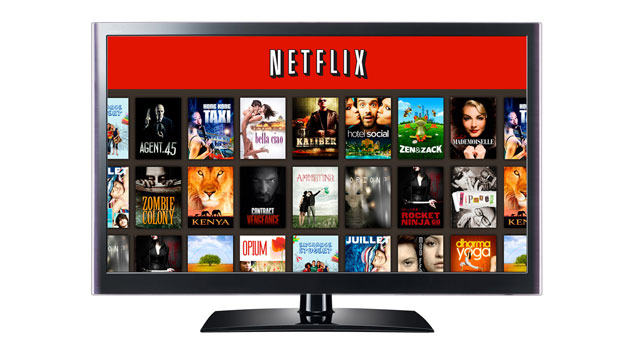 There’s a growing trend for consumers to choose video over other forms of content, watching across devices wherever and whenever it is convenient for them.
There’s a growing trend for consumers to choose video over other forms of content, watching across devices wherever and whenever it is convenient for them.
The launch of ShowMax, Naspers’s new online video-on-demand platform, is aimed at taking advantage of these emerging opportunities, capturing the “cord cutters” and “cord shavers”.
Cord cutters are consumers who deactivate their traditional pay-television services — DStv, for example — while cord shavers are those who downgrade from a premium offering to a cheaper subscription package.
These consumers are driven by the desire to reduce their bill for premium content and only pay for what they want.
However, cord cutting only benefits the 10% of the population who watch a small amount of TV content, according to SNL Kagan, a US research company. Its analysis of the US market showed that for the other 90% of consumers, the cost of building a bouquet leveraging other media platforms costs about the same as keeping a premium bouquet with a subscription broadcaster.
In South Africa, even though alternative media platforms are starting to emerge, it will take time before consumers can cherry-pick and build a package that compares with DStv’s broad content offering. Bandwidth costs and access to decent broadband are also real factors that could inhibit uptake.
Sport is among the main drivers for subscription TV and the lack of alternative sports platforms means a smaller percentage of cord cutters will benefit locally. However, consumer demand is influencing pay-TV players with exclusive content rights to adapt their subscription models to capture event-driven revenues.
In many African countries, pay-TV subscriptions are significantly affected by popular shows such as Big Brother and major sporting events such as the Fifa World Cup and the Africa Cup of Nations. A noticeable number of consumers activate their subscriptions during these periods and churn in the month the event or programme ends.
This behaviour is so pronounced in some markets that StarTimes, a pay-TV provider with a presence in 23 African countries, is starting to provide packages allowing consumers to activate subscriptions for one day at a time.
This trend is expected to become more evident in South Africa, too, especially among the premium subscriber base which currently accounts for about 30% of the DStv base. This segment, which is more likely to have access to the infrastructure required to be able to fully enjoy the ShowMax and Netflix offerings, can exercise greater choice and will initially influence the availability of limited subscription options.
In more mature markets, the following are among the top reasons users will pay for long-form video over the Internet:
- The availability of the most recent popular cinema and TV series releases
- Less advertising interruptions and a guaranteed experience in terms of quality video and audio
- Availability of high-definition programmes
- A larger range of video-on-demand content
Key factors expected to drive local adoption include the overall cost of subscription video-on demand services, including bandwidth costs; the availability of good local and international content; and the quality of the video and audio experience.

We can expect Naspers to be among the front runners when the risk begins to show benefits. ShowMax appears to be positioned to compete head-on with DStv, meaning each will offer services and content that will rival the other’s consumer proposition. ShowMax’s key differentiator, which is its quality local content, is expected to present an upsell opportunity that appeals to DStv Premium subscribers.
But Netflix, when it is launched in South Africa in the coming months, will pose a serious challenge, especially with its large content catalogue.
It will be fascinating to see what consumers select: DStv Premium with its comprehensive sports offering, Showmax’s quality local content, Netflix’s globally trending shows, or a mix of all of them.
- Mophethe Moletsane is media and entertainment leader at Accenture




